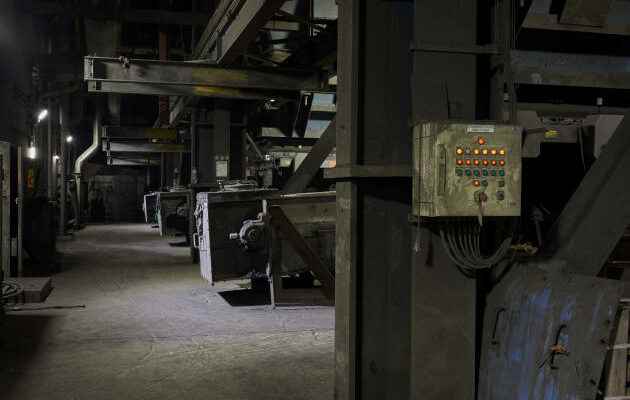It was March 26. Unit 6 of the Emile-Huchet power plant in Saint-Avold (Moselle) was to be permanently shut down three days later. A consequence of the Energy-Climate law, which, by limiting their annual production to seven hundred hours of operation, effectively closed the last coal-fired power plants, as President Emmanuel Macron had promised, from 2017 .
The owner of the site, GazelEnergie (French subsidiary of the EPH group, chaired by Daniel Kretinsky, who is also an indirect shareholder of the World), had invited the employees and their families to come and visit the plant one last time. The general public was also invited. That day, 800 people took part in this funeral wake. Saint-Avold had begun to mourn coal.
Six months later, looking at the mountain of 210,000 tons of coal reconstituted on the site, Sylvain Krebs, employee of GazelEnergie, spins the metaphor “We’re digging up grandma. » After the shutdown of the plant, he was reclassified in the team responsible for managing the conversion of the site to “green” energies: biomass and hydrogen. “It’s a project I support, a mission that makes sense. So, frankly, I would rather devote myself to it, rather than relighting this coal-fired power station that the State had decided to turn off. We missed something in France…”
The government is preparing to publish a derogatory decree, allowing unit 6 of the Emile-Huchet power plant, with a power of 600 megawatts (MW), to operate for two thousand five hundred hours this winter. From 1er October, the huge boiler will therefore be reignited to run at full speed during the week, until the end of March 2023. This represents several million tonnes of CO2 released into the atmosphere.
This is the price that the executive has agreed to pay to limit the risk of power cuts during the cold season, when more than half of the installed capacity of the nuclear fleet is unavailable. Even if it still covers a third of the needs of the inhabitants of the Grand-Est region at the moment T, the production capacity of the Emile-Huchet plant remains marginal on a national scale. But in the energy war described by the President of the Republic on September 5, there is no longer any question of sacrificing the slightest production capacity.
“Very difficult to supply”
At 92 meters high, at the top of the huge boiler, Jean-Pierre Damm looks across the border. “See those smoking chimneys? The Germans have also just restarted their coal-fired power stations. »
You have 61.84% of this article left to read. The following is for subscribers only.
